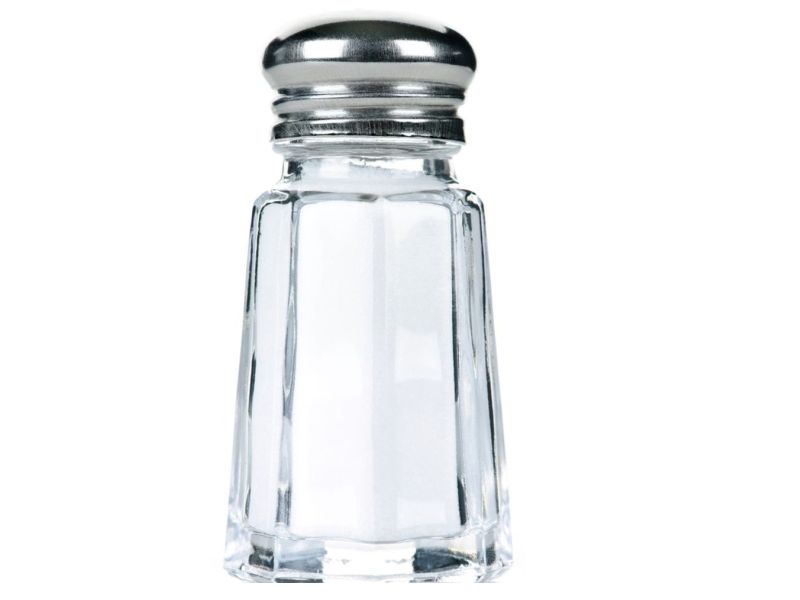By Len Canter
HealthDay Reporter

FRIDAY, June 14, 2019 (HealthDay News) -- About two-thirds of Americans have taken steps to cut back on salt, according to the International Food Information Council Foundation.
This often starts with comparing labels and choosing foods -- from soups to canned veggies -- with less sodium. Here are four more steps that you can take to reduce your salt intake.
You know that processed red meats and lunch meat of all kinds are loaded with salt, but also be aware of less obvious sources, like packaged breads. If you have toast at breakfast, a sandwich at lunch and a roll at dinner, all that salt will add up. Prepared and packaged dinners can be high in salt, especially pizza, chicken nuggets and many ethnic foods, the American Heart Association warns. The same goes for poultry that's been "pre-basted" or injected with a sodium solution.
Make more food from scratch. Restaurants, and fast-food establishments in particular, add a lot of salt and sodium-based flavor enhancers to foods. When you do the cooking, you control the salt. Besides herbs, use spices to add flavor. Try various pepper-based ones like ancho and chipotle chilies and paprika. Using garlic and onions adds sweetness and depth. Just beware of spice blends with hidden salt, like taco seasoning -- look for no- and low-salt varieties.
Track your salt intake on the same app or website that you use to track calories. Watching the numbers add up should motivate you to cut back.
Even though the salt added from a salt shaker is only a small part of the average person's added salt, get into the habit of tasting the food on your plate before you reach for it, whether you're at home or eating out. Add flavor with black pepper, fresh lemon juice or a sprinkling of a no-salt blend.
More information
The American Heart Association has more tips to help you cut salt from your diet.
Back

The news stories provided in Health News and our Health-E News Newsletter are a service of the nationally syndicated HealthDay® news and information company. Stories refer to national trends and breaking health news, and are not necessarily indicative of or always supported by our facility and providers. This information is provided for informational and educational purposes only, and is not intended to be a substitute for medical advice, diagnosis, or treatment.






